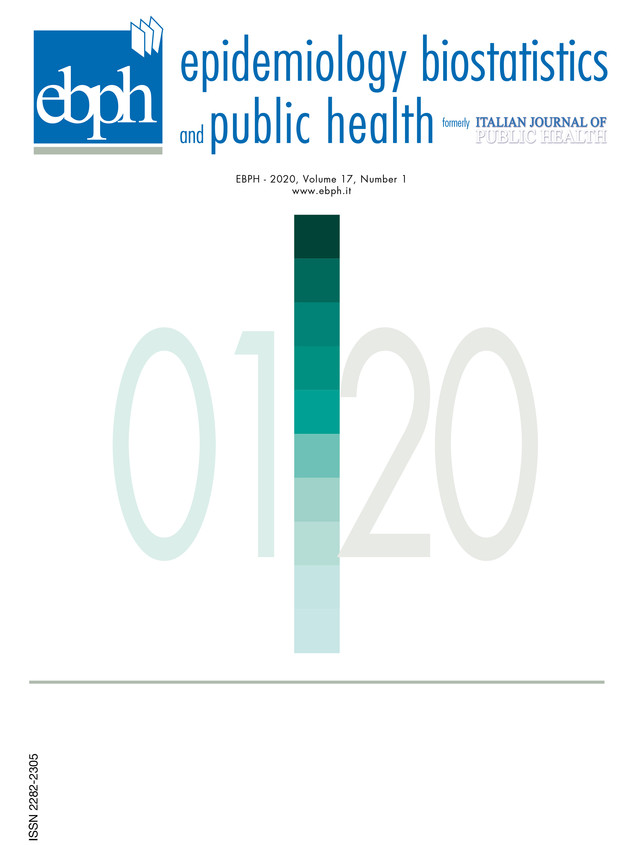Trends in avoidable hospitalization rates in Italy, 2001-2008
DOI:
https://doi.org/10.2427/8817Abstract
Background: hospitalization for Ambulatory Care Sensitive Conditions (AC SC), also known as avoidable hospitalization (AH) has been proposed as effect measure of the accessibility and effectiveness of primary care. In the last years in developed countries, including Italy, hospitalization rates have decreased as well as the rates of AH. The decline of AH-rates could be just an effect of the general trend of hospitalization. The objective of our study was to examine the adjusted trend of AH rates and to test possible associations with measures of primary care (re)organization.
Methods: hospital discharges from 2001 to 2008 were analyzed. Main outcome measures were hospitalization rates, both as inpatient and day hospital. ACSCs were grouped in acute conditions, preventable through early diagnoses and treatment and chronic conditions, preventable through good ongoing control and management. Expected time-series rates of AH, estimated on the hypothesis of same time trends of Total Hospitalization (TH), were compared with observed ones using a Chi Square test. Adjusted hospitalization rates were analyzed in conjunction with indicators of primary care.
Results: in the studied period, in Italy, the TH rates declined with an average decrease of 19.6%, while the decrease for AH was 16.4%. The rates of AH adjusted for the trend of TH significantly decreased only for chronic conditions. Decreasing trend of AH was correlated with the impact of reorganization of primary care in associative forms.
Conclusions: the presented methodology can be used to evaluate the real effectiveness of policies aimed at reducing hospitalization for ACSCs.






